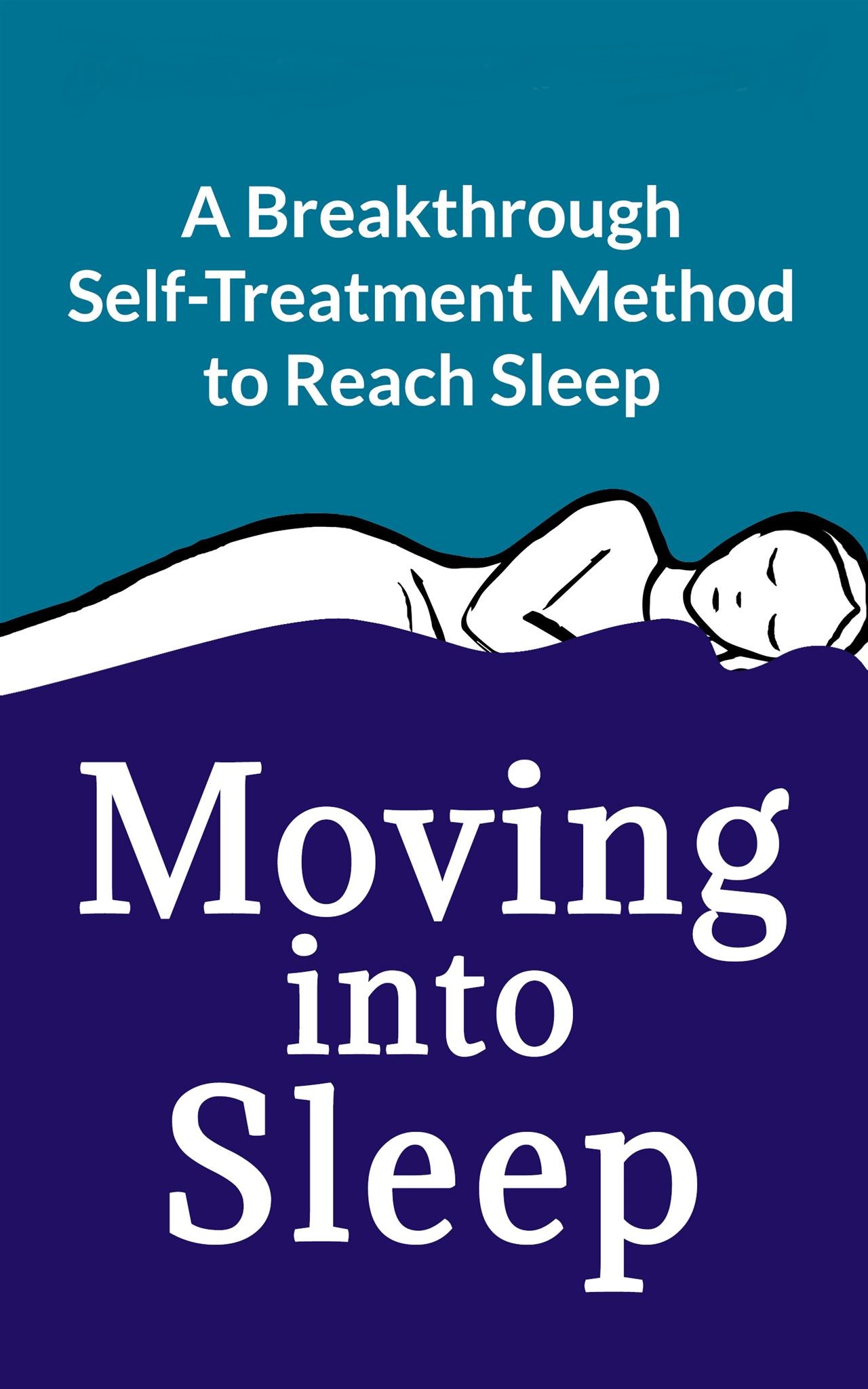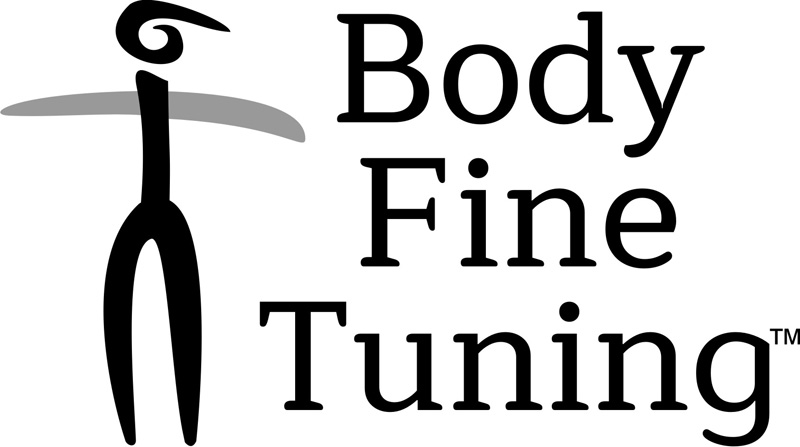The Secret to Get Better REM Sleep
New Insight into REM Sleep
The REM or Rapid Eye Movement sleep is the phase when your brain does self-reorganizing of its memory function. Everything that has been stored during the wake-time into the short-term memory area will be valued either as non-impressive or important data. Then the non-impressive data gets eliminated and the important experiences are integrated into your brain's long- term memory.
Without this self-reorganizing process your brain's short-term area would get full and dysfunctional. When, after a long wake-period you feel unfocused, moody, and forgetful, you can know this is happening. Only a good night's sleep can help you to clearing your brain.
During this complex self-reorganizing process your brain doesn’t want to get disturbed, and therefore shuts down your anti-gravitational movement system, making your body temporarily quasi paralyzed. However, this state cannot last too long, which explains why the REM sleep counts at most for about 20% of your total sleep. Therefore, increasing the length of REM sleep is not an option.
So, if we cannot get more REM sleep, how could we improve the quality of it?
Important to Understand
What many people do not understand, is that the brain absorbs and stores everything you experience. Therefore, the quality of the input is a key factor, as it affects the quality of its processing — which happens during the REM sleep. In other words: what you put in stays there.
For example, when you spend time learning new skills and try to memorize facts, the related neurological input gets stored into the short-term memory area. But this data faces competition: Everything else what you do and experience, outside of the learning-time gets stored as well. This includes every single image you see on television and online social media and the mental and emotional processes these images trigger.
Imagine you have spend two hours to learn a new skill, and then four hours to browse news and social media posts on your smartphone, which is the average time based on recent statistics. So, what will your brain make out of this? What will happen during your REM sleep?
Here, it is also important to understand that your brain is neutral in accepting any input. Hopefully, the quality of your learning experience was high, so that your effort would get well received and re-organized and stored into your brain's long-term memory. But because everything that you saw on TV and social media most likely evokes strong emotional responses, it could be that this data gets priority during your REM sleep.
One way to check this for yourself is to evaluate your dreams. If you often see dreams that reflect what you have been learning, or your dreams show new and creative solutions, then your REM sleep is developing your brain accordingly. But if your dreams reflect what you have seen on TV and your mobile phone, then this is what gets stored into your long-term memory — something, that will come up as the first thing in your mind when you wake up.
The conclusion from above is that in order to give priority to positive memory processes during the REM sleep, you need to limit unnecessary input, especially visual input.
3 Ways to Improve Your REM Sleep Quality
#1 Limit Unnecessary Visual Input
Your eyes are closely linked to your brain and become even more active during the REM sleep reorganizing process. This is why your eyes show rapid movements and you see dreams and visions.
Reflecting the dominant role of the visual system in collecting data and absorbing experiences into the short-term memory, we can assume that much of the re-organizing is to do with unnecessary visual intake.
Therefore, one way to improve your REM sleep quality is to limit seeing vivid content like social media pages, or anything that might cause strong emotional and mental responses.
It is already a common advice to turn off all digital screens one hour before sleep, but this cannot yet improve your REM sleep quality.
Instead, read a nice book or do something that is uplifting and engage with activities that make you feel positive. Backed by neuroscience, creative and positive thinking promotes positive processes in the brain, and also - better sleep.
#2 Create Positive Sensory Input
Your brain has a life-long ability to learn and develop. All you need to do is to engage in positive activities, using all of your senses.
To get better sleep in general, it is already a common advice to turn off all digital screens one hour before sleep and do calming activities.
Calming activity could be anything that is slow-paced and needs your attention. Here, it is good to remember that your hands have a very active communicative pathway with your brain, and therefore activities that involve hands are very effective.
Within the field of educational neuroscience attentive movements are called neuroeducative movements, as these create and promote positive processes in the brain. For example, you can think of doing water-coloring, handcrafting, handwriting, acupoint self-massage and other similar activities. Simply - be creative!
#3 Make Falling Asleep Smooth and Easy
Positive actions promote positive processes in the brain.
This neurological fact is one of the reasons to do sleep-inducing movements the way shown in the Moving into Sleep Method. Right in your bed, by doing slow, small and soft movements you can instantly create calmness in the brain, which makes it easier for you to move into the deep quality sleep.
Combined with the above two other ways to improve your REM sleep quality, this third way completes the before-sleep program. All you need is to start implementing a new plan, and the results can be felt surprisingly soon.
Thanks for reading,
Oliver
“Get enough sleep to be the better version of you”

As a self-treatment, the Moving into Sleep Method is based on educational neuroscience. By doing gentle and subtle movements you can calm down your nervous system and fall asleep.
